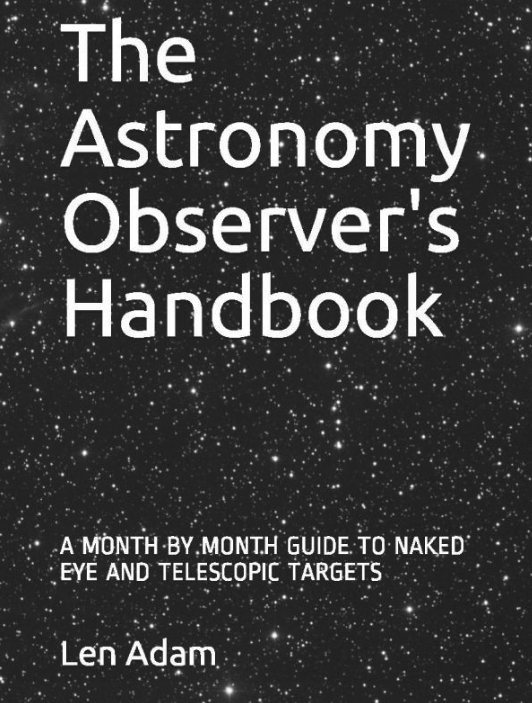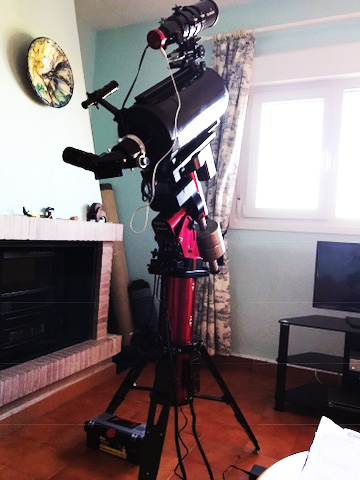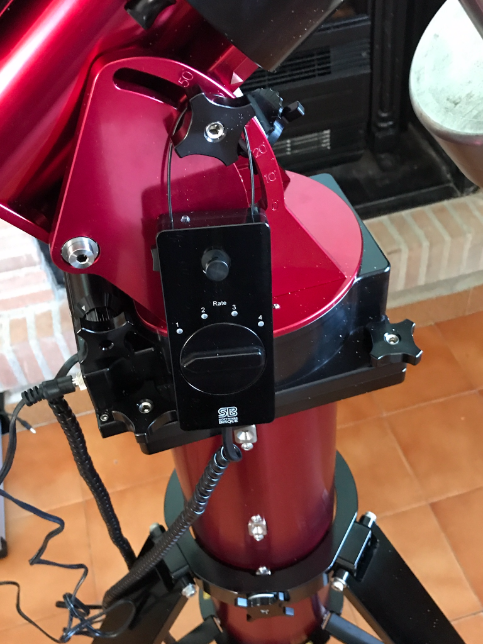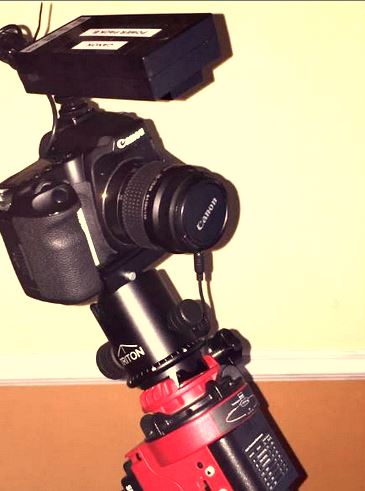From 2016 - Len Adam - My NGC 2346 region "Shallow Field" in Monoceros
 Tuesday, November 19, 2019 at 8:48AM
Tuesday, November 19, 2019 at 8:48AM A 10 minute exposure from Siding Spring taken in 2016 remotely from the UK.
"NGC 2346 is a planetary nebula near the celestial equator in the constellation Monoceros. It is bright and conspicuous and has been extensively studied. Among its most remarkable characteristics is its unusually cool central star, which is a spectroscopic binary, and its unusual shape. The binary star, which has a period of about 16 days, is also variable, probably due to dust in orbit around it. The dust itself is heated by the central star and so NGC 2346 is unusually bright in the infrared part of the spectrum. When one of the two stars evolved into a red giant, it engulfed its companion, which stripped away a ring of material from the larger star's atmosphere. When the red giant's core was exposed, a fast stellar wind inflated two ‘bubbles’ from either side of the ring." Wikipedia
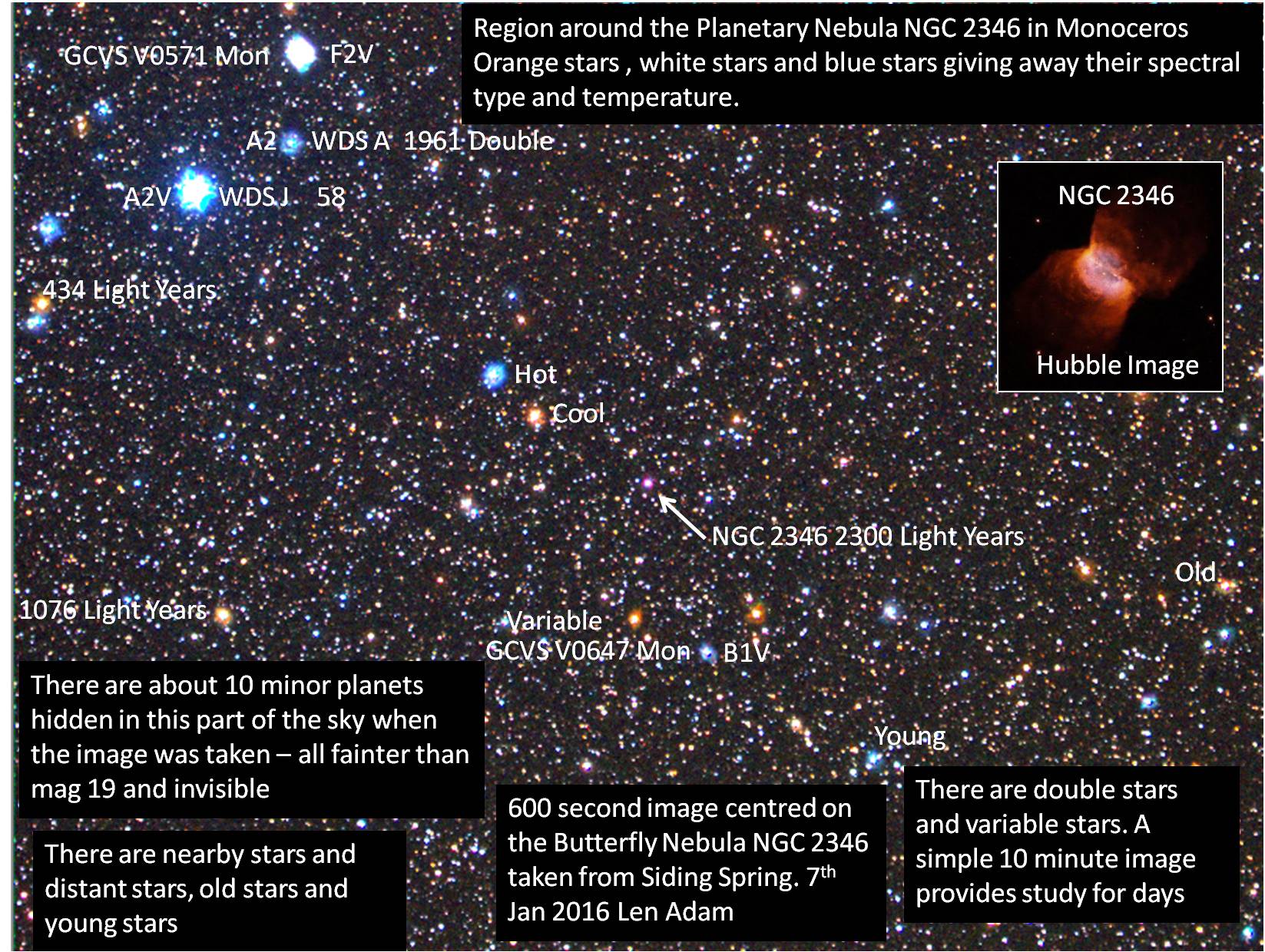
The un-annotated image
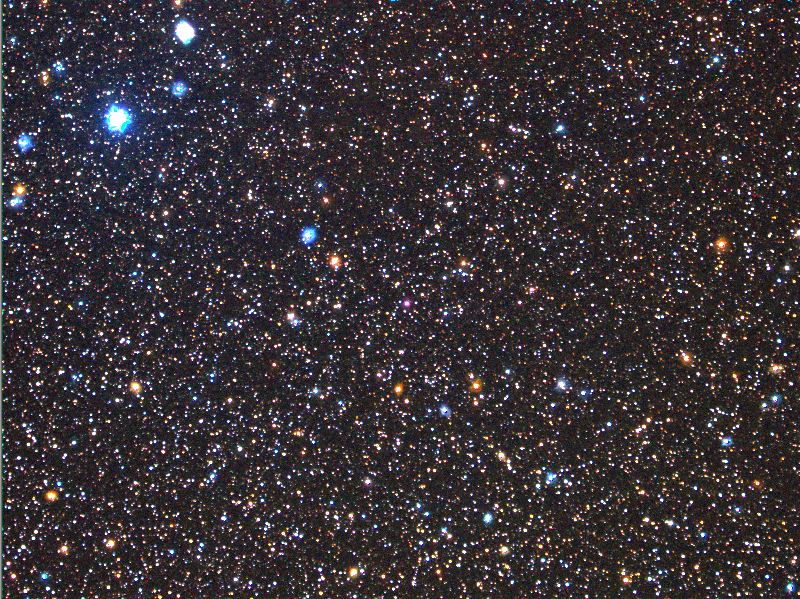
 [Your Name Here] | Comments Off |
[Your Name Here] | Comments Off | 
